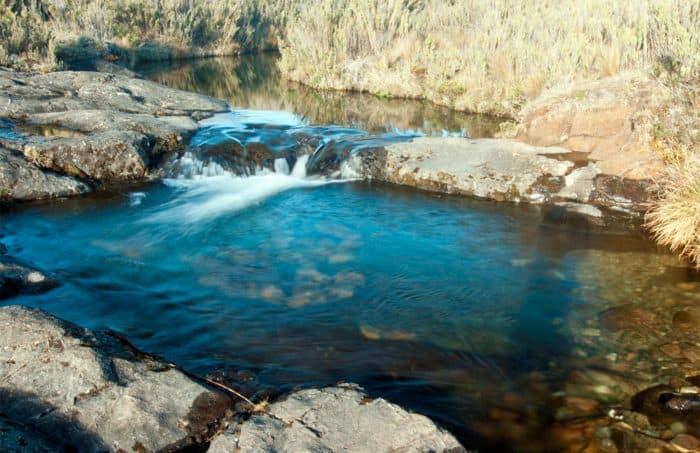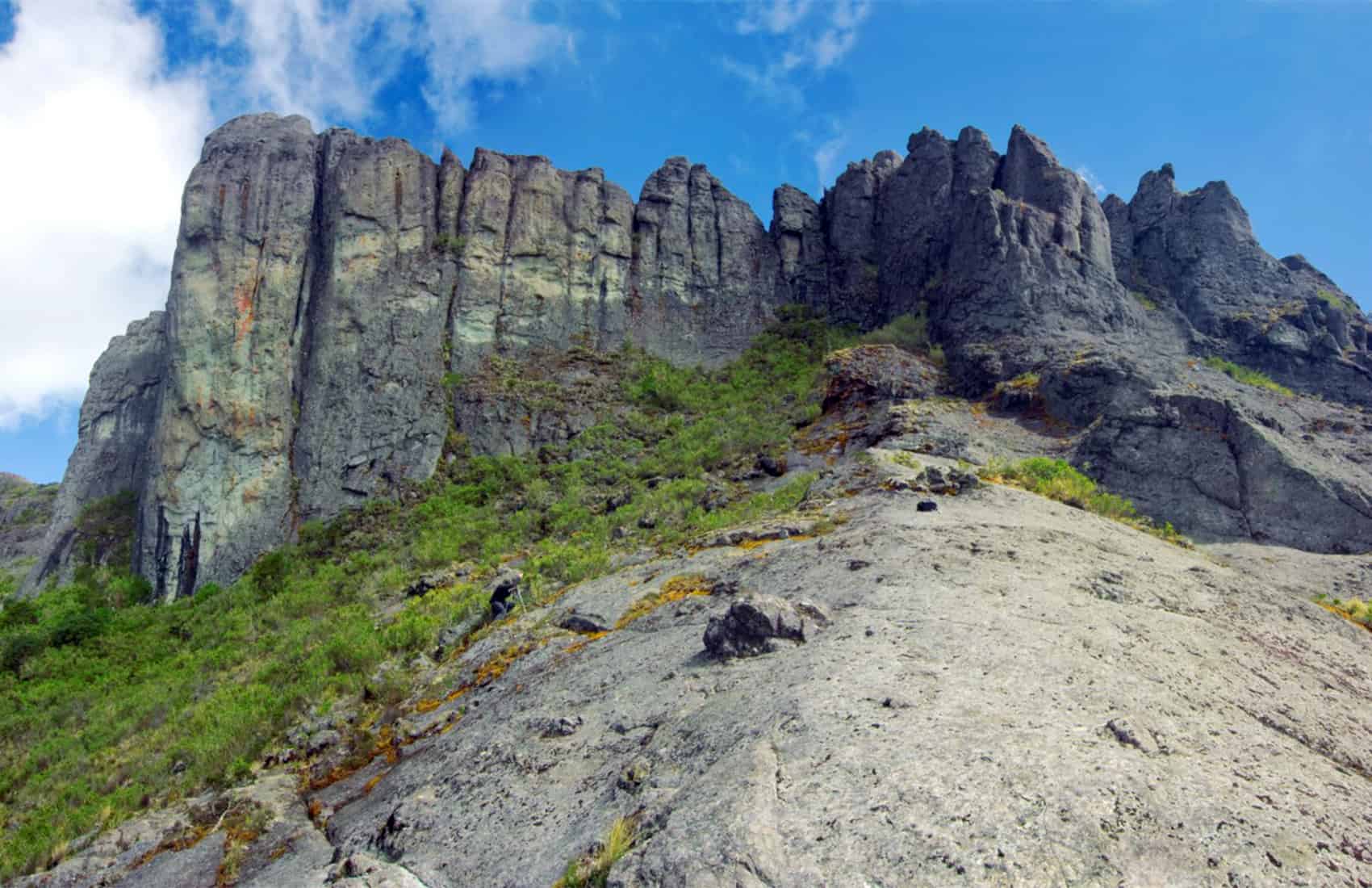The Municipality of Pérez Zeledón, south of San José, approved an initiative to promote the construction of a cableway to Chirripó, Costa Rica’s highest peak. The project, however, is already facing opposition.
The city council unanimously approved the motion in late February, with the aim of increasing tourist visitation to the canton. Mayor Jeffrey Montoya Rodríguez told The Tico Times that the vote represents the first step of the project, which he estimates would cost some $20 million.
He said that making the park’s scenic beauties available to more people with a cableway is something local governments have discussed for nearly two decades. The Municipality, however, never had the required funds to build it.
The current administration is proposing to bring back the project, but this time they plan to do it in association with a private investor, through a public tender. Montoya noted that the public bid would not grant the full administration of the project to a private firm.
“Our plan is to maintain the majority — 51 percent — of the project under public administration,” he said.
Legal hurdle
The purported cableway project would require a legal reform or the approval of a new law. The 3,820 meter-high (12,533 feet) peak is inside Chirripó National Park, and Costa Rican law prohibits the construction of major infrastructure projects inside protected lands.
The government approved the creation of Chirripó National Park in 1975 to protect the natural resources of the area. Among them are many aquifers, rivers and the largest number of glacial lakes in Costa Rica, plus tundras and high cloud forests.
The protected area is also the habitat of several endangered species including various felines, tapirs and quetzals.
Mayor Montoya believes that approving the required legislation to authorize the project should not be difficult.
“Authorities in the past approved the construction of various infrastructure projects, such as the cabins in which tourists now spend the night during their ascent to the summit,” he said.

Environmental concerns
The municipality’s announcement has already sparked concerns, primarily among environmental groups who believe the project would be detrimental to the national park.
Osvaldo Durán Castro, a member of the Costa Rican Federation for Environmental Conservation said in a public statement that his organization opposes the proposal. He says that building infrastructure to increase visitation would overload the park’s capacity.
“Even if it’s this mythological environment-friendly cableway they are proposing, we oppose the project to avoid any possibility of damage to ecosystems, especially when it comes to fragile ones such as those at Chirripó National Park,” he said.
Mayor Montoya acknowledges that visitation to the park would increase. However, he says the cableway would make visits shorter, since most tourists would enter and leave the park on the same day, instead of spending the night.
Chirripó National Park is open year-round, but the number of tourists allowed in is limited and requires a reservation.
Ronald Chan, director of the Environment Minsitry’s La Amistad – Pacífico Conservation Area, told The Tico Times that park administrators have always maintained restricted access to the protected area.
Current regulations allow 52 people inside the park per night, which is the maximum capacity of the park’s shelters.
“A maximum of 10 additional people are allowed to enter the park as long as they can ascend and descend on the same day,” Chan said. Park administrators also grants special permits to scientists, researchers and other special visitors, he said.
This limited capacity requires those interested in visiting Chirripó to register on a waiting list that at certain times of the year can represent waits of several months.
The impact of large crowds on the national park’s aquifers is also of great concern to environmentalists. The mayor says that since the government authorized the construction of the shelters and even a hydroelectric plant that supplies energy for the park, he thinks a new permit is within possible.
Negotiations
Montoya said that he is fully aware of all environmentalists’ concerns and stressed that they all are being taken into consideration.
Still he strongly believes that the cableway would be a great opportunity to attract new tourists.
“I see an opportunity, for example, for those who are unable to make the ascent to the summit due to physical or health conditions,” he said.
The mayor presented the proposal to President Luis Guillermo Solís during an official visit to the canton last Feb. 24. He also asked the president for the approval of a declaration of national interest for the project.
Montoya says local authorities are now giving the president time to study the proposal, as they know that only a national interest declaration or a new law could make the project possible.
They are also planning meetings with officials from the Environment Ministry and the National System of Conservation Areas, the official administrators of Chirripó National park.
“In the end it’s up to them whether we can move forward with this project,” the mayor said.
Recommended: New route to Chirripó puts tiny San Jerónimo on the map








